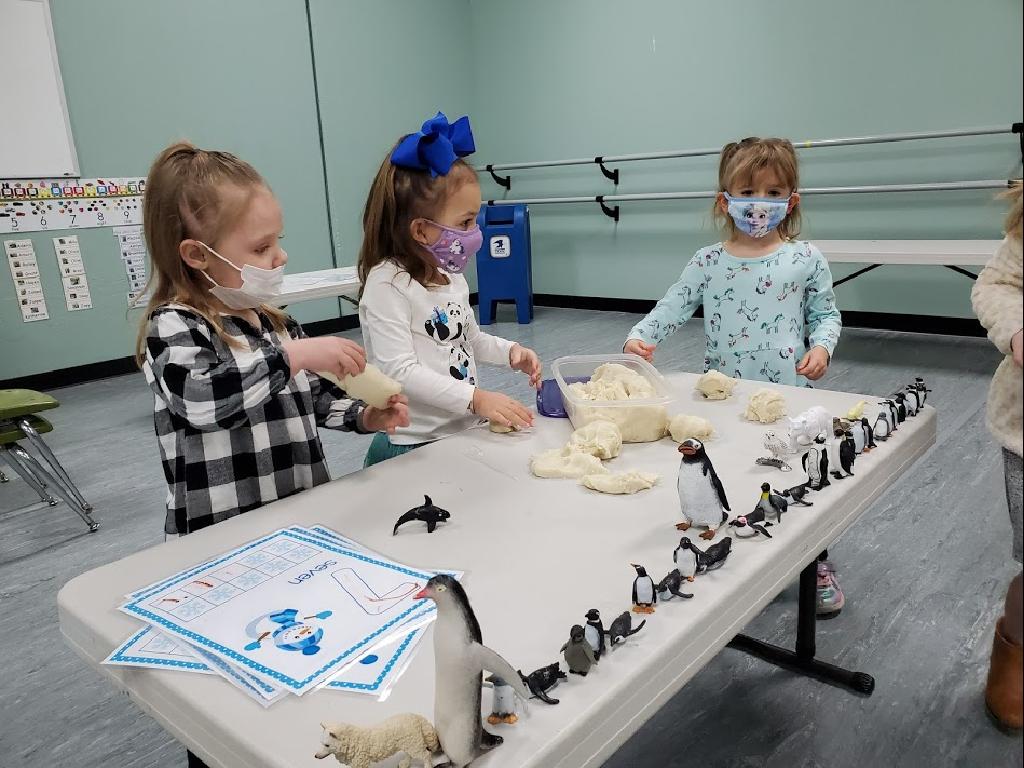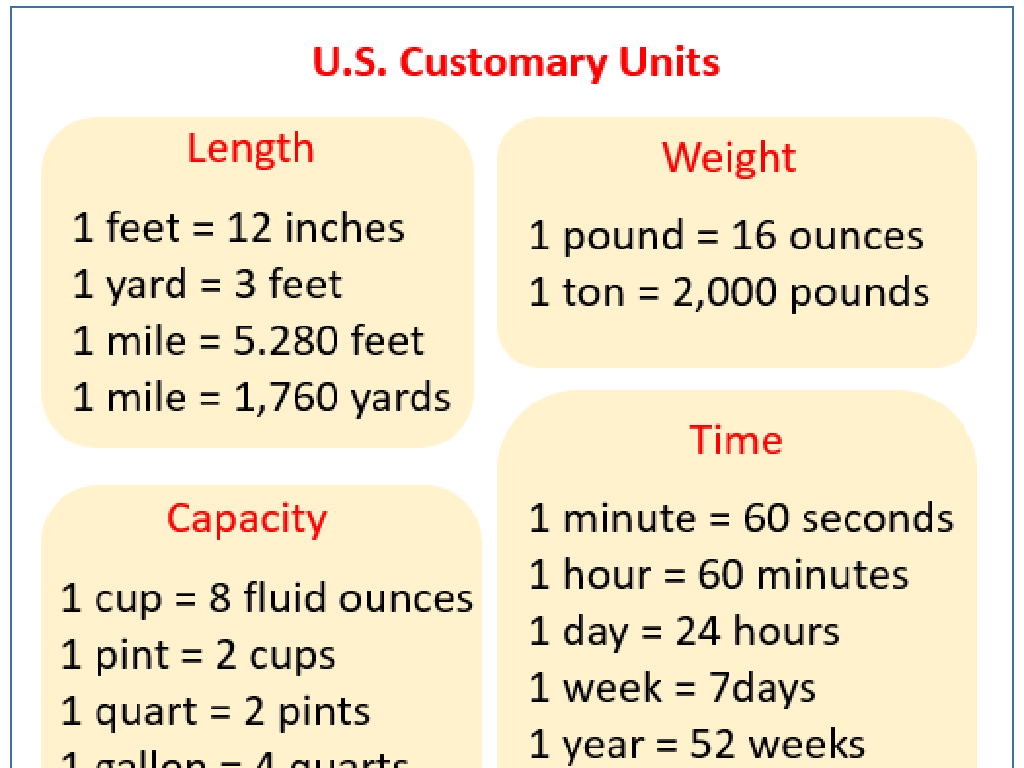Identify Story Elements
Subject: Language arts
Grade: Fifth grade
Topic: Story Elements
Please LOG IN to download the presentation. Access is available to registered users only.
View More Content
Welcome to Story Elements!
– Discover story building blocks
– Why story elements matter
– Knowing elements improves reading and writing skills
– Explore characters and settings
– Characters are the people, settings are ‘where’ and ‘when’
– Understand plots, conflicts, resolutions
– Plot is the story’s events, conflict is the problem, resolution is the solution
|
This slide introduces the concept of story elements to fifth-grade students, emphasizing their importance in both reading and writing. It’s crucial to explain that characters, settings, plots, conflicts, and resolutions are the foundational components that make up a story. Characters are the individuals in the story, while settings refer to the time and place where the story occurs. Plots outline the sequence of events, conflicts present challenges that characters must overcome, and resolutions are how those conflicts are resolved. Engage the students by asking them to think of their favorite stories and identify these elements. This will help them understand how each component contributes to the narrative as a whole.
Understanding Characters in Stories
– What is a character?
– Characters can be people, animals, or creatures in a story.
– Types of characters
– Main characters are central to the story, while supporting characters help the story along.
– Main vs. supporting characters
– Identifying characters in books
– Think of characters from books you love.
|
This slide introduces the concept of characters within a story. Characters are the individuals that the story revolves around, and they can be of various forms, not just people. It’s important to distinguish between main characters, who are crucial to the story’s development, and supporting characters, who complement the main characters and help to advance the plot. Encourage students to think about their favorite books and list the characters they remember. This activity will help them understand the role of characters and how they contribute to the narrative. In the next class, we can discuss these characters and analyze their importance in their respective stories.
Setting the Scene in Stories
– Understanding story setting
– The ‘where’ and ‘when’ a story occurs.
– Scope of settings
– From vast countries to one small room.
– Setting influences mood
– A dark forest can be spooky; a sunny beach feels cheerful.
– Examples of setting effects
|
The setting of a story is crucial as it lays the foundation for the narrative. It’s important for students to recognize that the setting can be as broad as a country or as specific as a single room, and everything in between. Discuss how different settings can change the mood of a story, for example, how a story set in a dark, eerie forest at night can create a sense of fear or suspense, while a story set on a bright, sunny beach can evoke feelings of joy and relaxation. Provide examples from well-known children’s books where the setting plays a significant role in the mood and ask students to think of their own examples. This will help them understand the importance of setting in storytelling and how it affects the reader’s experience.
Plotting the Plot
– What is a plot?
– The plot is the story’s backbone, where all events are arranged.
– Plot structure: beginning, middle, end
– Every story starts with an introduction, faces a conflict, and then a resolution.
– Identifying main events
– Think of important events that change the story’s direction.
– Share a story’s plot
|
This slide introduces the concept of the plot as the central framework of a story. It’s important to explain that the plot is not just what happens in the story, but the order in which events are presented to build suspense and interest. Use familiar stories to illustrate the beginning (setting and characters), middle (main conflict), and end (resolution). Encourage students to think of their favorite stories and identify the main events that make up the plot. This will help them understand how plots are structured and how to identify key events when they are reading or writing a story.
Conflict & Resolution in Stories
– Understanding story conflict
– Conflict is the main problem characters must overcome.
– What is resolution?
– Resolution is the solution to the problem.
– Identifying conflict & resolution
– We’ll analyze a familiar story to find these elements.
– Example: A well-known tale
– Consider ‘Goldilocks and the Three Bears’: what were the problems and how were they resolved?
|
This slide introduces the concepts of conflict and resolution, which are essential components of narrative structure. Conflict is the challenge or problem that the characters in a story must face, which drives the plot forward. Resolution is the way in which the conflict is solved or addressed, bringing the story to a conclusion. To help students grasp these concepts, use a familiar story such as ‘Goldilocks and the Three Bears’ to identify the conflict (Goldilocks trespassing and using the bears’ property) and the resolution (Goldilocks running away and the bears securing their home). Encourage students to think of other stories they know and identify the conflicts and resolutions within them.
Bringing Story Elements Together
– Story elements create engagement
– Understanding predicts outcomes
– Knowing elements helps guess future events in the story
– Analyzing character behaviors
– Helps explain why characters make certain choices
– Group example analysis
|
This slide aims to synthesize the knowledge of story elements and their importance in crafting a compelling narrative. By understanding the role of setting, plot, characters, conflict, and resolution, students can better anticipate the direction of a story and the motivations behind characters’ actions. This understanding is crucial for developing critical thinking and analytical skills in literature. The class will engage in a group activity where they will apply this knowledge to a specific example, fostering collaborative learning and reinforcing the concepts discussed. Prepare a short story or an excerpt from a book that the students are familiar with to analyze as a group.
Class Activity: Create Your Story!
– Form groups and brainstorm ideas
– Pick a character, setting, and plot
– Choose elements that make a story interesting
– Decide on a conflict and resolution
– Conflict is a challenge the character must overcome
– Share stories with the class
– Practice public speaking and creativity
|
This activity is designed to help students understand the fundamental elements of a story by creating one themselves. Divide the class into small groups and provide guidance on choosing a character, setting, and plot. Encourage them to think creatively and collaboratively. Discuss the importance of a conflict in a story and how it drives the narrative forward. Ensure that each group has a clear resolution in mind. At the end of the class, give each group time to share their story, which will help them practice their public speaking skills and boost their confidence. Provide feedback on their stories to reinforce their understanding of story elements.






